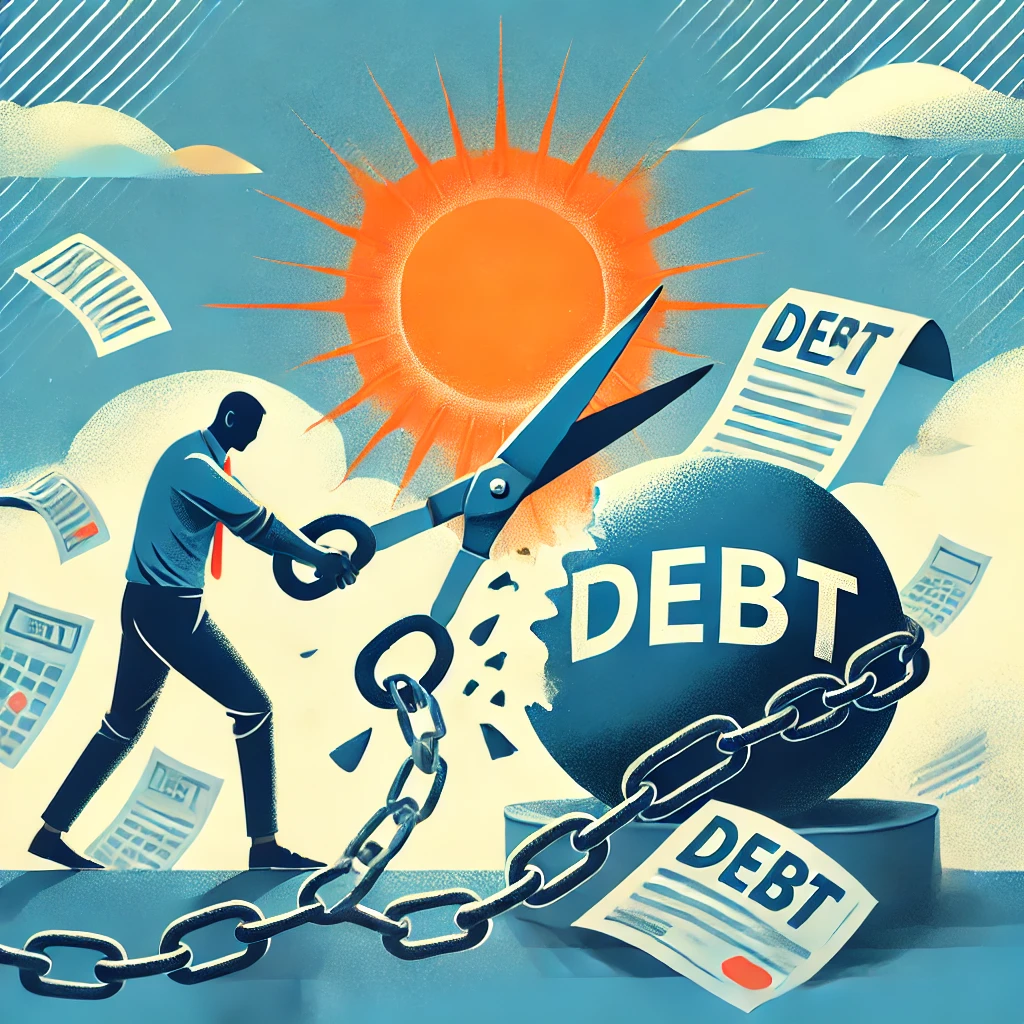Investing can be a complex world filled with unfamiliar terms. One such term you might encounter is “scrip dividend.” But fear not, this guide will break down everything you need to know about scrip dividends – a unique way companies can reward investors.
Let’s start with the basics:
What is a scrip? In general terms, a scrip is a document issued by a company that represents ownership or a right to something. It can be a certificate for shares, a voucher for a product, or even a temporary note used in place of cash (though this is less common nowadays).
What is a dividend? A dividend is a payment a company distributes to its shareholders, typically from its profits. It’s like a “thank you” for your investment, and can be paid out in cash or sometimes, as we’ll see, in other forms.
Now, let’s dive into scrip dividends:
What is a scrip dividend? A scrip dividend is when a company chooses to issue new shares of its own stock as a dividend, instead of paying out cash. Investors receive additional shares in the company instead of a traditional cash payment.
How does it work?
When a company declares a scrip dividend, they determine a specific number of new shares each existing share will be entitled to. These new shares are then credited to the investor’s account. For example, if a company declares a 2-for-1 scrip, for every one share you own, you’ll receive two new shares.
Pros and Cons of Scrip Dividends
Pros:
Tax Benefits: In some cases, scrips may offer tax advantages depending on your location. Investors may pay less tax on receiving shares compared to receiving cash dividends. However, it’s important to consult a tax advisor for specific details.
Increased Ownership: Receiving additional shares through a scrip dividend increases your ownership stake in the company. This can be beneficial if the company’s stock price increases in the future.
Cash Conservation: For companies with limited cash reserves, scrip dividends allow them to reward shareholders while still retaining cash for reinvestment into the company’s growth.
Cons:
Lower Cash Flow: Investors who rely on dividends for income may not find scrip dividends as attractive as cash payments, as they don’t receive immediate cash to spend.
Dilution of Ownership: While you receive additional shares, the overall value of your investment might not change proportionately. This is because the total number of shares outstanding increases, potentially diluting the value of each individual share.
Selling Costs: If you need cash after receiving a scrip dividend, you might need to sell some of your newly acquired shares, incurring brokerage fees or transaction costs.
Why Do Companies Issue Scrip Dividends?
There are several reasons why a company might choose to issue scrip dividends:
Cash Flow Management: As mentioned, scrip dividends allow companies to conserve cash for reinvestment or debt repayment, while still rewarding shareholders with additional ownership.
Signaling Confidence: Companies that are confident in their future growth prospects might use scrips as a way to encourage investors to hold onto their shares, believing the stock price will appreciate over time.
Tax Advantages: In some cases, there might be tax benefits for the company when issuing scrips compared to paying out cash dividends.
Important to Remember:
Scrip dividends are not necessarily better or worse than traditional cash dividends. The decision of whether or not to participate in these dividend programs depends on your individual financial goals and investment strategy.
Here are some additional points to consider:
Company’s Financial Health: Research the company’s financial health and future growth prospects. If the company is confident and growing, scrip dividends might be a good opportunity for long-term investors.
Your Investment Needs: Do you rely on dividend income for regular cash flow? If so, scrips might not be the best choice.
Tax Implications: Consult a tax advisor to understand the potential tax consequences of receiving different types of dividend.
By understanding scrip dividends and their implications, you can make informed decisions about how they fit into your overall investment strategy. Remember, the goal is to invest in a way that aligns with your financial goals and risk tolerance. You can screen dividend stocks with free tools like Macro Trends.
Conclusion
Scrip dividends can be a unique way for companies to reward investors while managing their cash flow. However, it’s crucial to evaluate the pros and cons within the context of your individual financial goals and investment strategy.
Before making any investment decisions, carefully research the company, understand the dividend program’s details, and consult with a financial advisor if needed. By weighing the benefits and drawbacks, you can make informed choices that align with your long-term financial well-being.
The post Demystifying Scrip Dividends: A Guide to Bonus Shares appeared first on All About That Money.






